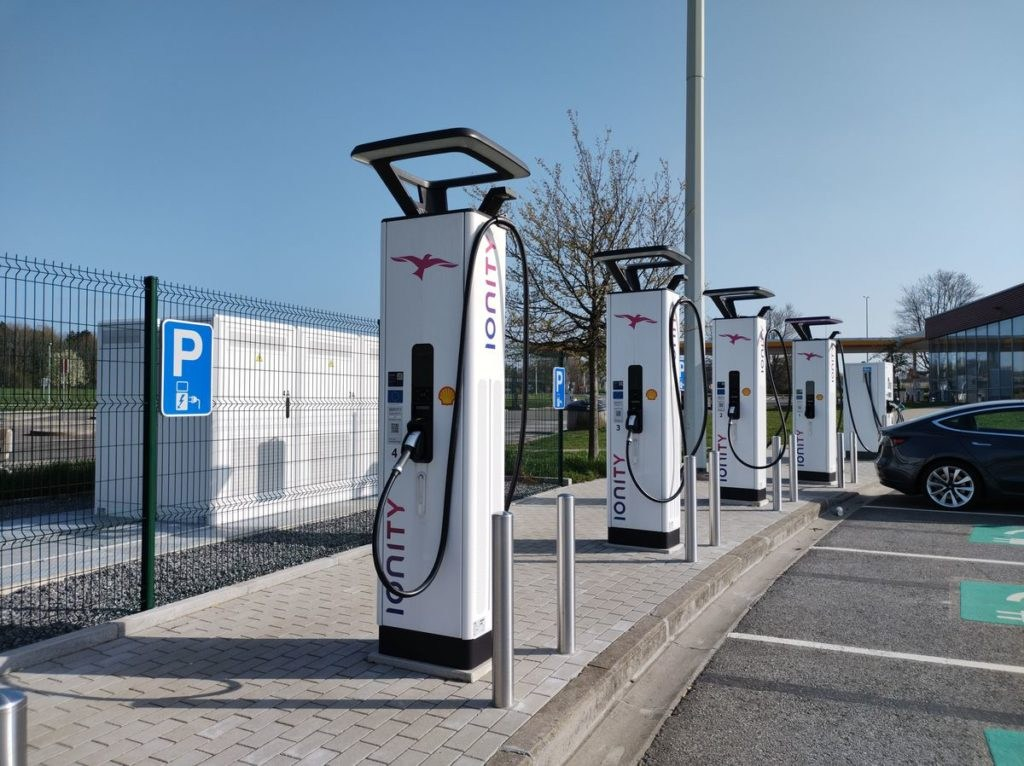In recent years, electric vehicles (EVs) have surged in popularity, thanks to their eco-friendly credentials and impressive performance metrics. However, one factor that has consistently deterred potential EV adopters is “range anxiety” — the fear of running out of battery power without access to a charging station. Enter ultra-fast charging stations, a game-changer for the EV landscape. According to Bloomberg Green, the global market for ultra-fast chargers is set to grow at a compound annual growth rate of over 30% from 2023 to 2030. In this article, we’ll explore how these technological marvels are transforming the quintessential road trip experience, discuss the current state of charging infrastructure, and offer tips on making the most out of your EV adventures.
The Rise of Ultra-Fast Charging Technology
What Are Ultra-Fast Chargers?
Ultra-fast chargers, often referred to as high-power chargers, are capable of delivering 150 kW to 350 kW of power, allowing EVs to recharge their batteries in a fraction of the time required by traditional chargers. According to InsideEVs, these chargers can replenish up to 80% of an EV’s battery in just 15 to 30 minutes. Brands like Tesla, Rivian, and Hyundai are integrating these capabilities into their latest models, making ultra-fast charging a critical feature for modern EVs.
How Do They Work?
- High Voltage: Ultra-fast chargers operate at a higher voltage, typically 800 volts, compared to the standard 400 volts of earlier models.
- Cooling Systems: Advanced cooling systems are used to manage the heat generated during rapid charging.
- Smart Technology: Many stations feature smart technology to optimize charging speed and efficiency based on the vehicle’s battery capacity.
The Role of Infrastructure
The success of ultra-fast charging hinges on robust infrastructure. According to Reuters Mobility, countries like the United States, China, and several European nations are investing heavily in expanding their charging networks. In 2023, the IEA reported that Europe surpassed 500,000 public charging points, with a significant proportion being ultra-fast chargers.
Revamping the Road Trip Experience
Decreasing Downtime
Ultra-fast charging stations significantly reduce downtime during road trips. Instead of waiting for hours, drivers can recharge during a short break, similar to a conventional fuel stop. This efficiency makes cross-country travel feasible and convenient for EV owners.
Strategic Locations
Many ultra-fast chargers are strategically placed along major highways, rest stops, and popular destinations. For instance, Tesla’s Supercharger network spans across the United States’ major interstates, enabling seamless coast-to-coast travel.
Environmental Impact
By reducing the time spent charging, ultra-fast stations minimize energy loss and enhance the overall efficiency of the charging process. This contributes to a lower carbon footprint, aligning with the global push towards sustainable transportation.
Tips for Planning Your EV Road Trip
1. Research Charging Networks
Before hitting the road, research available charging networks along your route. Apps like PlugShare and Electromaps provide real-time information on charger locations, availability, and compatibility with your vehicle.
2. Optimize Charging Times
- Charge During Breaks: Plan your charging stops in conjunction with meal breaks or sightseeing spots.
- Avoid Peak Times: Charging stations can be busy during peak travel hours. Consider charging early in the morning or later in the evening to avoid crowds.
3. Keep Your Vehicle’s Software Updated
Ensure your EV’s software is up-to-date to benefit from the latest charging optimizations and network updates. Brands like Tesla and Volkswagen frequently release over-the-air updates to improve charging efficiency.
4. Carry a Backup Charger
While ultra-fast chargers are becoming more common, having a reliable Level 2 portable charger can be a lifesaver in remote areas.
The Future of EV Charging
As the demand for EVs continues to rise, the future of ultra-fast charging looks promising. According to TechCrunch, advancements in solid-state battery technology could further reduce charging times, making ultra-fast charging even more efficient. Moreover, the integration of renewable energy sources into charging stations could make EV road trips entirely carbon-neutral.
Conclusion
Ultra-fast charging stations are not just a technological advancement; they represent a pivotal shift in how we perceive and utilize electric vehicles. By drastically reducing charging times and integrating seamlessly into our travel routines, they make EVs more appealing and practical for long-distance travel. So, are you ready to embark on your next adventure with confidence? Share your experiences and thoughts in the comments below, and let’s look forward to a future where sustainable travel is the norm, not the exception. With continuous innovations on the horizon, the road ahead for EVs promises to be both exciting and environmentally friendly.

